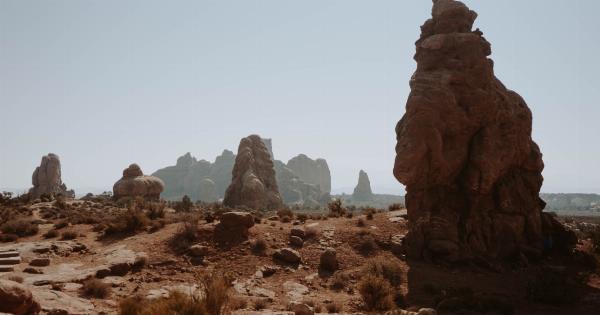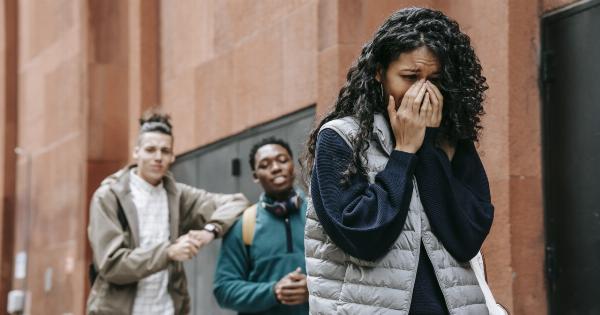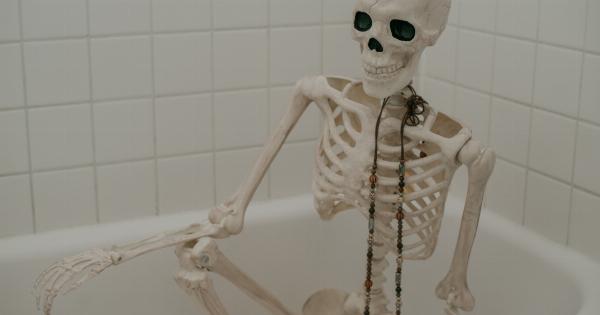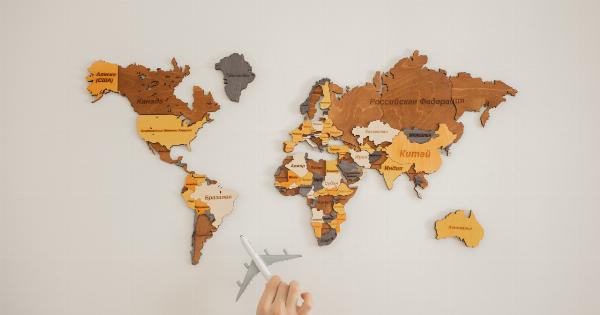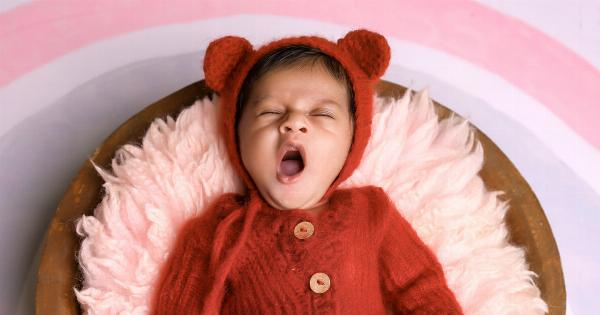The human body is an intricate and complex system composed of various organs that work together to sustain life. Each organ has a vital function and is located in specific regions of the body.
Understanding the location and function of these organs is crucial for medical professionals, students, and individuals concerned with their own health. In this article, we will explore the major organs in the human body and their respective locations.
The Brain
The brain is one of the most vital organs in the human body as it controls all bodily functions. It is located in the cranial cavity, protected by the skull. The brain can be divided into three main regions: the cerebrum, cerebellum, and brainstem.
The cerebrum is responsible for conscious thought, perception, and reasoning. The cerebellum controls coordination and balance, while the brainstem regulates involuntary functions such as breathing and heart rate.
The Heart
The heart is a muscular organ that pumps oxygenated blood throughout the body. It is located in the thoracic cavity, between the lungs and behind the sternum.
The heart is divided into four chambers: the left and right atria, and the left and right ventricles. The left side of the heart receives oxygenated blood from the lungs and pumps it to the rest of the body, while the right side receives deoxygenated blood from the body and pumps it to the lungs for oxygenation.
The Lungs
The lungs are responsible for the respiratory system, providing oxygen to the body and removing carbon dioxide. They are located in the thoracic cavity on either side of the heart.
The right lung is larger and has three lobes, while the left lung is smaller and has two lobes to accommodate the space occupied by the heart. The lungs receive oxygenated blood from the heart and release carbon dioxide for exhalation.
The Liver
The liver is the largest internal organ in the human body and performs numerous vital functions. It is located in the upper-right side of the abdomen, beneath the diaphragm.
The liver detoxifies harmful substances, produces bile to aid in digestion, and metabolizes nutrients. It also plays a crucial role in storing vitamins, minerals, and glycogen.
The Kidneys
The kidneys are responsible for filtering waste products and excess water from the blood to produce urine. They are located on either side of the spine, in the lower back region, just above the waist.
The kidneys receive blood from the renal arteries and filter it to remove waste products, which are then expelled as urine through the ureters.
The Stomach
The stomach is a muscular organ involved in the digestion of food. It is located in the upper-left side of the abdomen, beneath the diaphragm and just below the rib cage.
The stomach receives food from the esophagus and churns it with acid and digestive enzymes to break it down into smaller particles. It then releases the partially digested food into the small intestine.
The Intestines
The intestines are responsible for absorbing nutrients from digested food and eliminating waste. There are two types of intestines: the small intestine and the large intestine.
The small intestine is located in the abdominal cavity, coiled beneath the stomach. It absorbs nutrients from food and transfers them to the bloodstream. The large intestine, also known as the colon, is situated in the lower abdomen and is responsible for water absorption and waste elimination.
The Pancreas
The pancreas is an organ that plays a vital role in both the endocrine and digestive systems. It is located behind the stomach, in the upper-left side of the abdomen.
The pancreas produces enzymes that aid in digestion and releases hormones such as insulin and glucagon, which regulate blood sugar levels.
The Spleen
The spleen is part of the lymphatic system and is responsible for filtering the blood and fighting infections. It is located in the upper-left side of the abdomen, beneath the rib cage.
The spleen helps remove old or damaged red blood cells and stores white blood cells that fight off infections.
The Bladder
The bladder is a hollow muscular organ that stores urine before it is expelled from the body. It is located in the pelvic cavity, behind the pubic bone. The bladder expands as it fills with urine and contracts when it is time to empty.
The urine is expelled through the urethra.
Conclusion
Understanding the location of vital organs in the human body is essential for maintaining overall health and diagnosing medical conditions.
The brain, heart, lungs, liver, kidneys, stomach, intestines, pancreas, spleen, and bladder all play crucial roles in sustaining life. By recognizing their locations and functions, individuals can better appreciate the complexity and interconnectedness of the human body.








